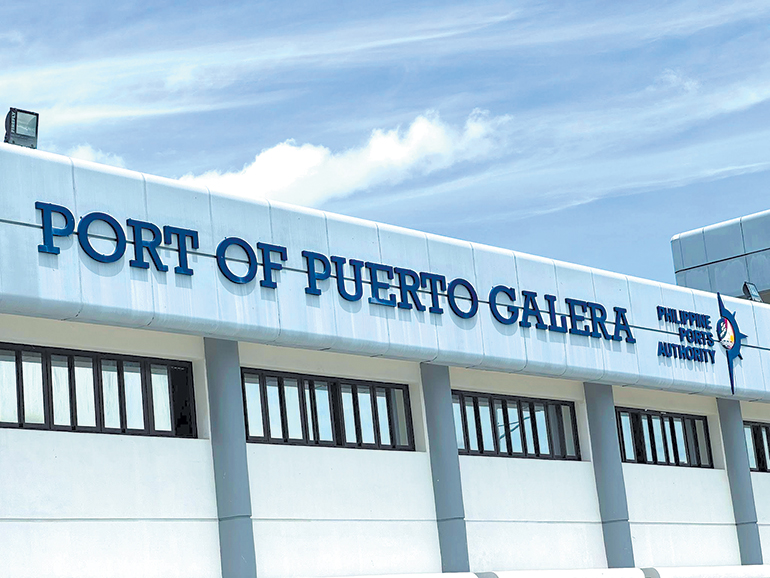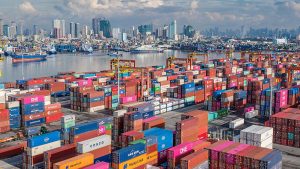As a nation of more than 7,600 islands, the Philippines relies heavily on maritime trade. Ports, serving as the main link between regions and the wider global economy, continue to see a surge in ship traffic, cargo volume, and cruise passenger arrivals.
Data from the Philippine Ports Authority (PPA) show that ship calls rose by 3.11% in the first quarter of 2025, reaching 153,867 compared to 149,224 during the same period last year.
Ports across the country handled 65.77 million metric tons (MMT) of cargo throughput, up from 59.52 MMT during the same period last year. Most of the movement came from domestic cargo, which totaled 28.28 MMT. Imports followed at 26.77 MMT, while exports reached 10.71 MMT.
Support authors and subscribe to content
This is premium stuff. Subscribe to read the entire article.












